Don't Kill Bill
Full Member
- Joined
- May 14, 2006
- Messages
- 5,821
What do you mean? BBC documentaries?
I was thinking about Horizon in particular which seems to have been dumbed down dramatically over the years.
What do you mean? BBC documentaries?
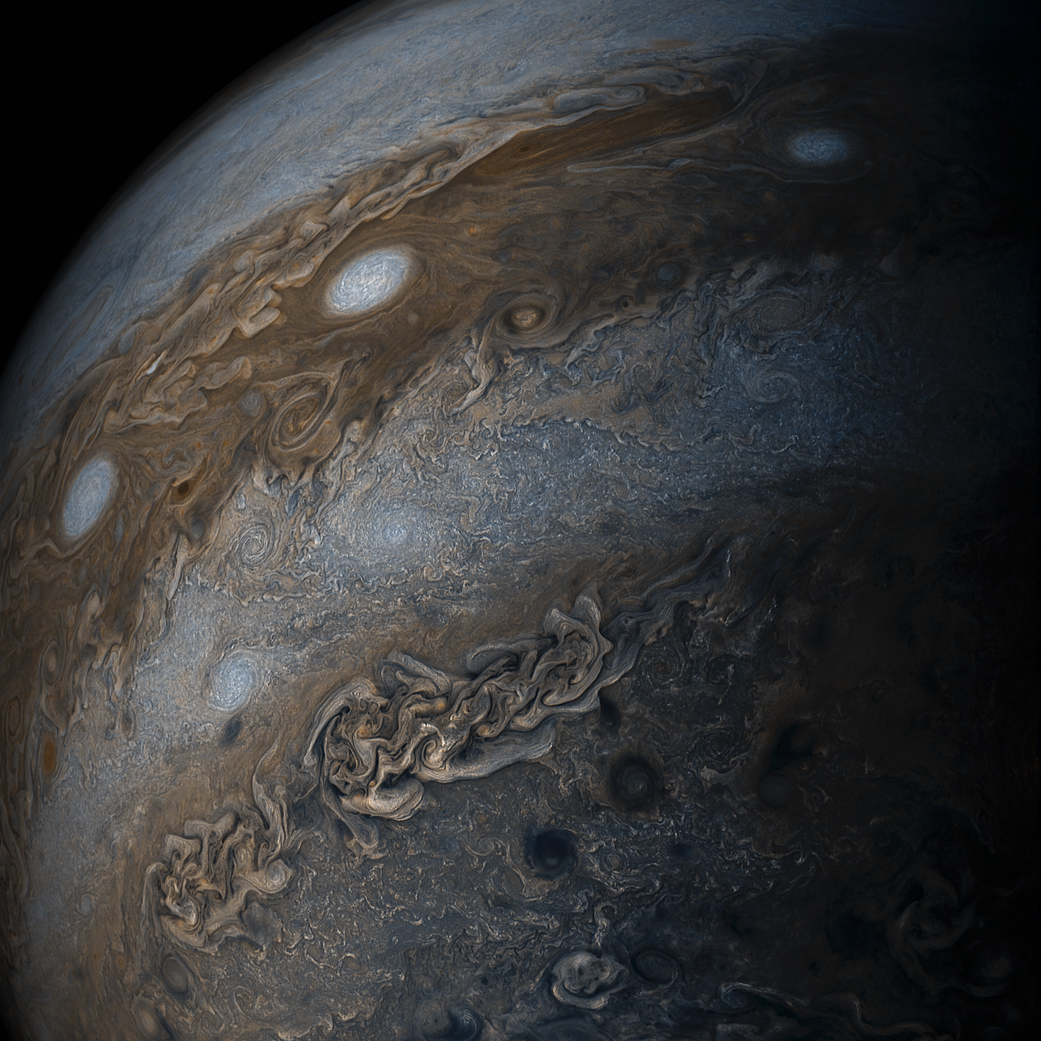
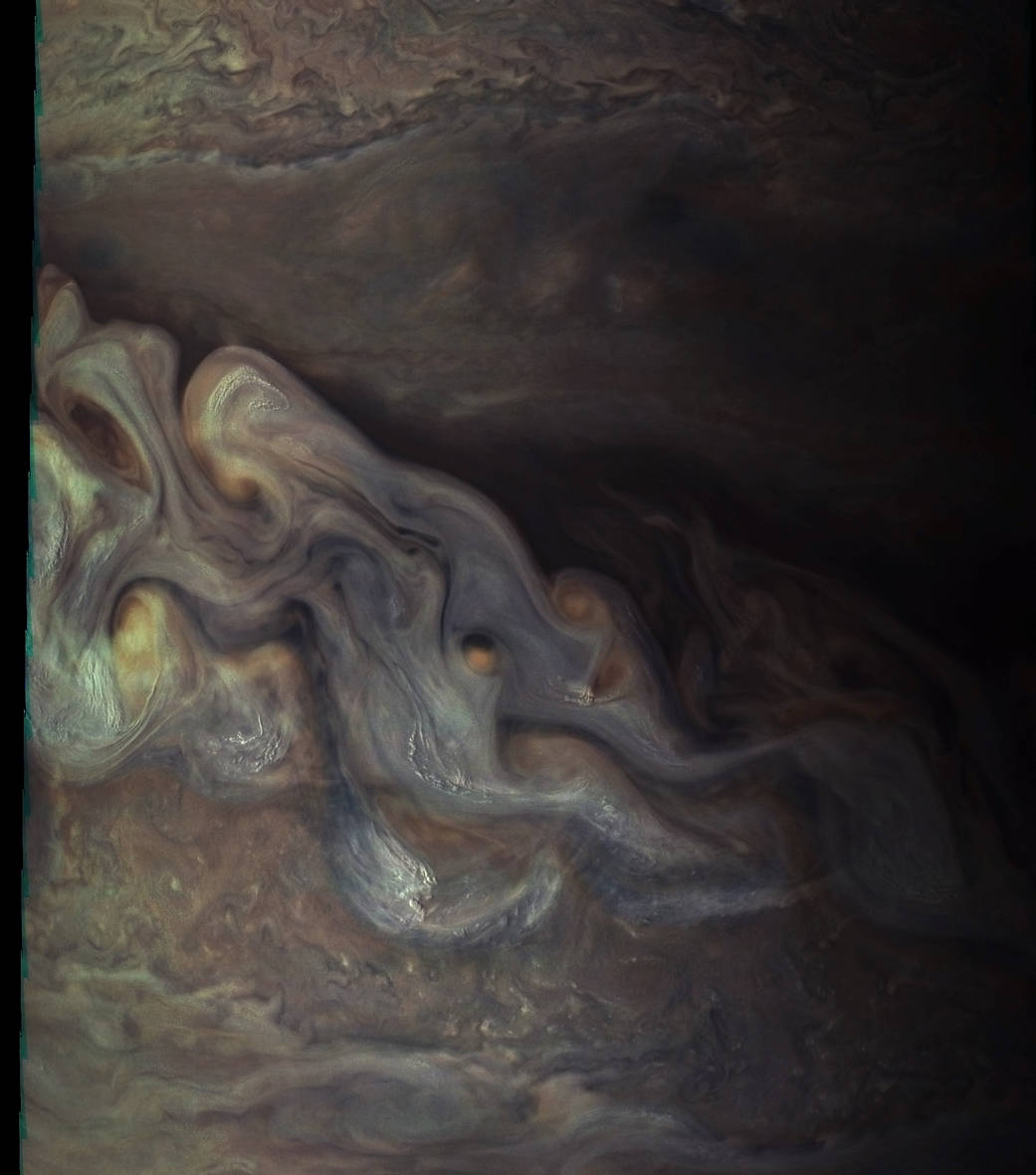
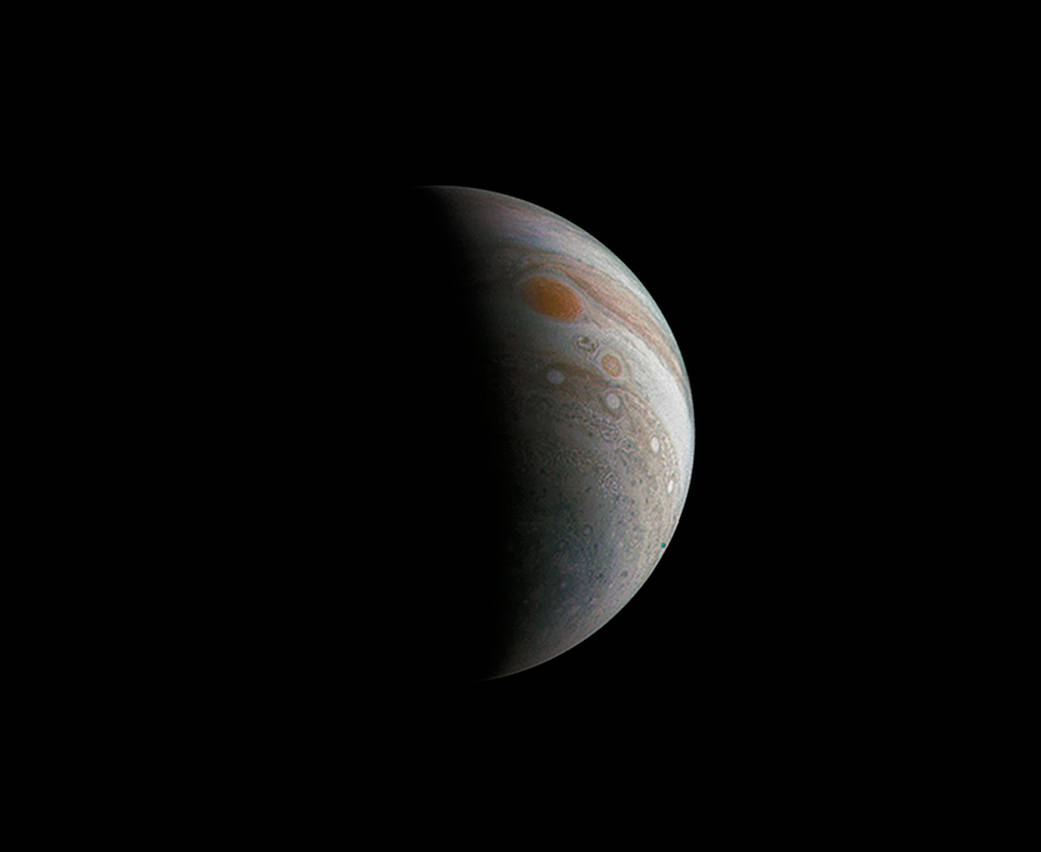
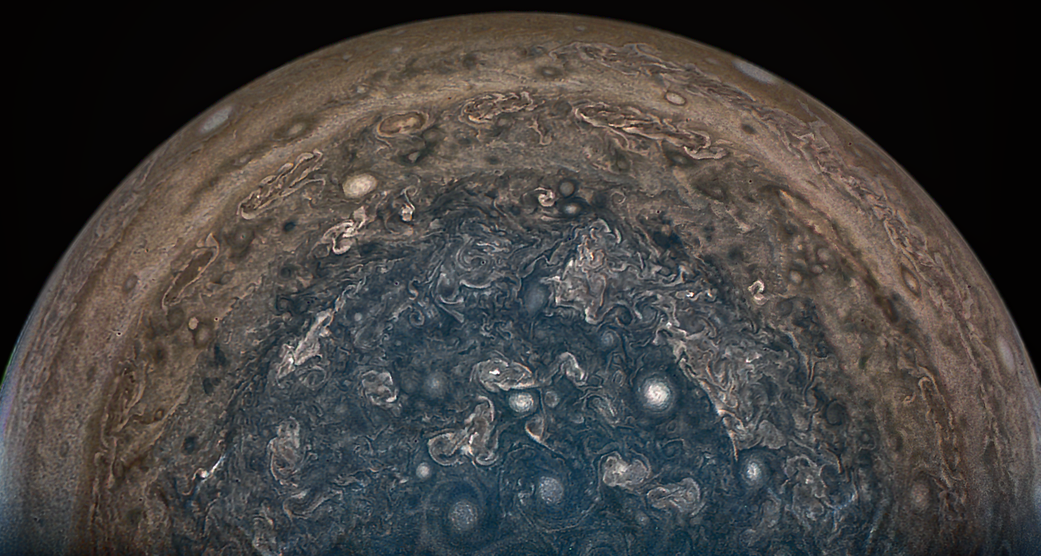
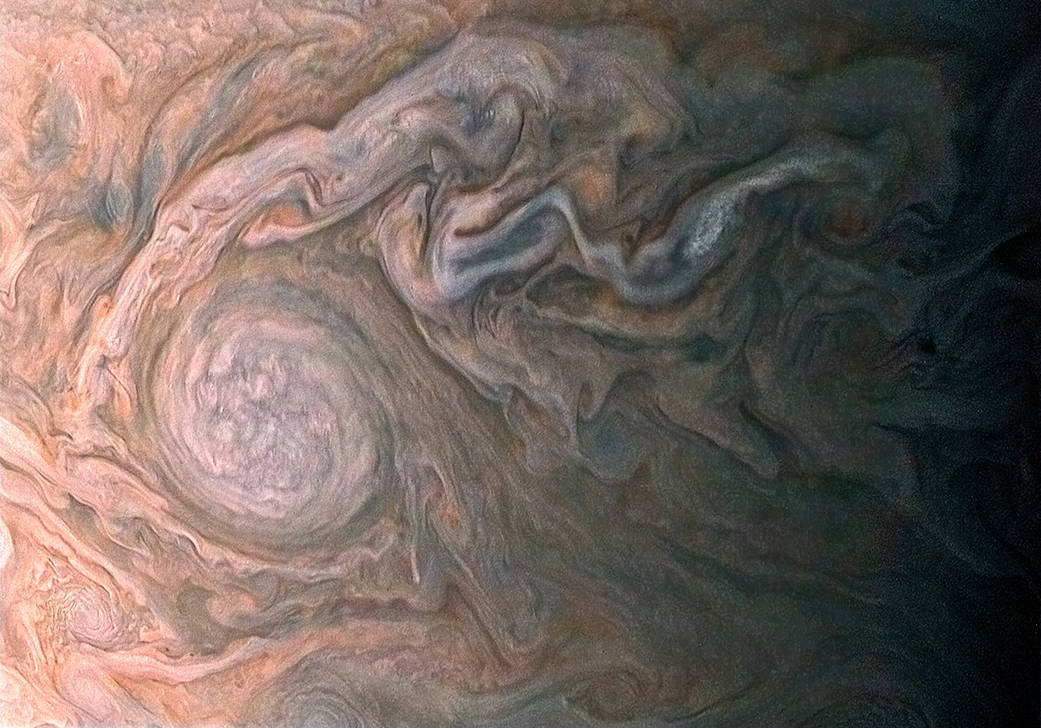
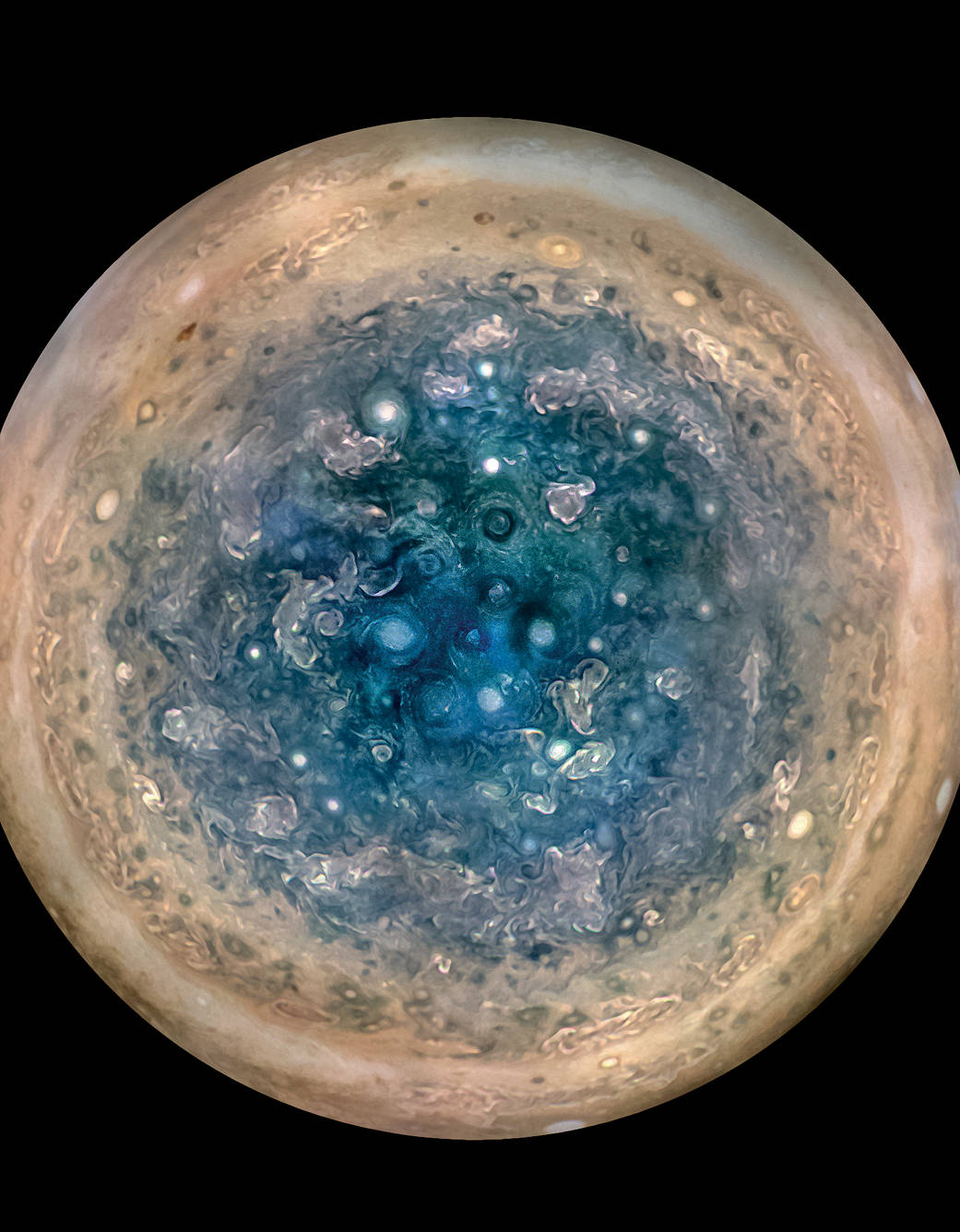
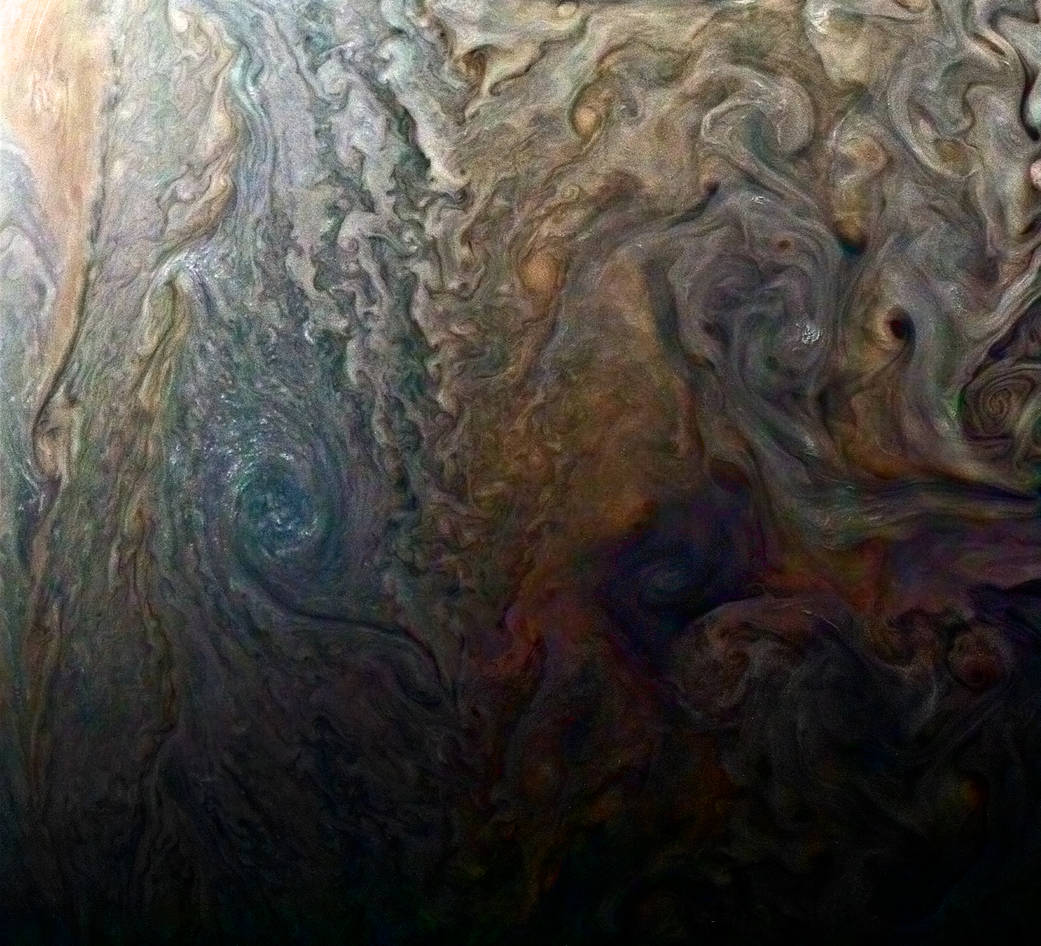
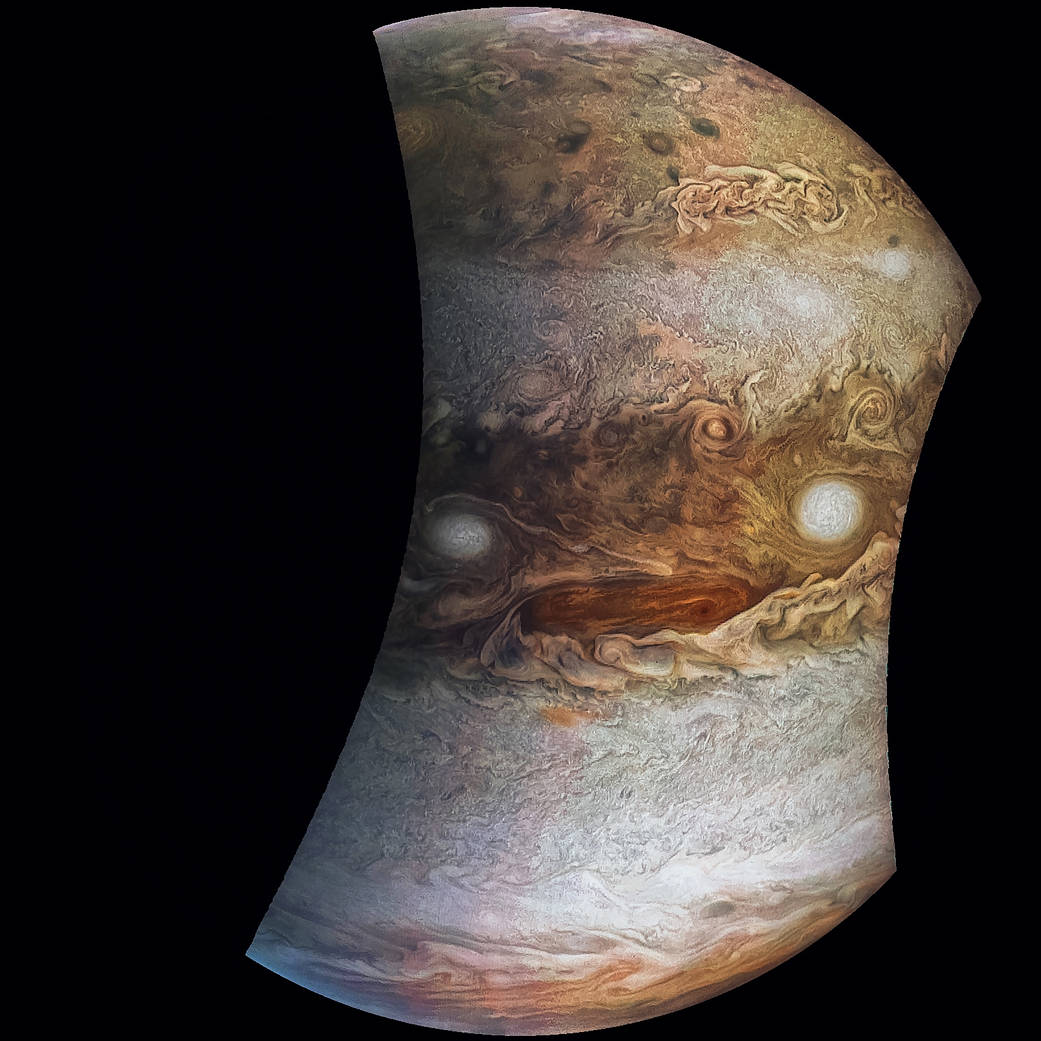

I need first and third as a wallpaper. Any higher resolution images?
This is the source: https://www.nasa.gov/mission_pages/juno/images/index.htmlI need first and third as a wallpaper. Any higher resolution images?


Yep, most of the raw images are processed and merged and enhanced before being released (JunoCam is 1600x1200 pixel, IIRC) - adding higher resolution cameras often makes the signal to noise ratio attenuation.Aren't NASA's photos always way more impressive because they colourise everything? Have they done that here?
https://www.missionjuno.swri.edu/pub/e/downloads/JunoCam_Junos_Outreach_Camera.pdfIt leads to a resolution requirement of 3 km/pixel at perijove, when the spacecraft is near the equator, and 50 km/pixel when the spacecraft is over the pole.
Hubble images are made, not born. Images must be woven together from the incoming data from the cameras, cleaned up and given colors that bring out features that eyes would otherwise miss. In this video, a Hubble-imaged galaxy comes together on the screen at super-fast speed.
There's nothing preventing real color on space images, to be fair. A lot of them are, in fact, real color images. But by and large, color is useless from a scientific standpoint because of how restrictive the visible part of the EM spectrum is (eg. Hubble goes from near ultraviolet to visible to near infrared - for heat signatures, and others can study radio for FRBs or gamma wavelengths for things like supernovae or pulsars). Most of the useful information lies beyond the visible spectrum - in terms of detailing the composition and structure and thermal signature of objects (like selective absorption of a broad range wavelengths in Fraunhofer lines). Something like maybe this in mid-infrared for NGC 4772:So what prevents real color on these space images? Is it the distance taken? Is it the lens or bit? Is it something simple I'm not considering?
The transmission of that data is priority business, and you can easily use RGB speckled filter to then separate the colors or remove image artifacts and make them fit for average human consumption (that filtering using a ~20 million color palette leads to loss of information because you're putting patches over a lot of important non-optical stuff). Plus, a lot of imagery in enhanced further in terms of richness of the color for space-porn effect.
So what prevents real color on these space images? Is it the distance taken? Is it the lens or bit? Is it something simple I'm not considering?
So what prevents real color on these space images? Is it the distance taken? Is it the lens or bit? Is it something simple I'm not considering?
First question, how useful is colour?So what prevents real color on these space images? Is it the distance taken? Is it the lens or bit? Is it something simple I'm not considering?
https://www.livescience.com/32559-why-do-we-see-in-color.htmlNot all of these cones are alike. About 64 percent of them respond most strongly to red light, while about a third are set off the most by green light. Another 2 percent respond strongest to blue light.
https://en.wikipedia.org/wiki/Hubble_Ultra-Deep_Field
https://science-edu.larc.nasa.gov/EDDOCS/Wavelengths_for_Colors.html
https://en.wikipedia.org/wiki/James_Webb_Space_TelescopeObserving in the infrared is a key technique for achieving this, because it better penetrates obscuring dust and gas, allows observation of dim cooler objects, and because of cosmological redshift. Since water vapor and carbon dioxide in the Earth's atmosphere strongly absorbs most infrared, ground-based infrared astronomy is limited to narrow wavelength ranges where the atmosphere absorbs less strongly. Additionally, the atmosphere itself radiates in the infrared, often overwhelming light from the object being observed. This makes space the ideal place for infrared observation.[95]
The more distant an object is, the younger it appears: its light has taken longer to reach human observers. Because the universe is expanding, as the light travels it becomes red-shifted, and these objects are therefore easier to see if viewed in the infrared.[96] JWST's infrared capabilities are expected to let it see back in time to the first galaxies forming just a few hundred million years after the Big Bang.[97]
Infrared radiation can pass more freely through regions of cosmic dust that scatter radiation in the visible spectrum. Observations in infrared allow the study of objects and regions of space which would be obscured by gas and dust in the visible spectrum,[96] such as the molecular clouds where stars are born, the circumstellar disks that give rise to planets, and the cores of active galaxies.[96]
Relatively cool objects (temperatures less than several thousand degrees) emit their radiation primarily in the infrared, as described by Planck's law. As a result, most objects that are cooler than stars are better studied in the infrared.[96] This includes the clouds of the interstellar medium, brown dwarfs, planets both in our own and other solar systems, comets and Kuiper belt objects that will be observed with the Mid-Infrared Instrument (MIRI) requiring an additional cry-cooler.[57][97]
Some of the missions in infrared astronomy that impacted JWST development were Spitzer and also the WMAP probe.[98] Spitzer showed the importance of mid-infrared, such as in its observing dust disks around stars.[98] Also, the WMAP probe showed the universe was "lit up" at redshift 17, further underscoring the importance of the mid-infrared.[98] Both these missions launched in the early 2000s, in time to influence JWST development.[98] On JWST the mid-infrared science instrument is MIRI, and it required an additional cry-cooler.
Yep, go to a remote location on a clear night, and look upwards. That's exactly how space will look like because we are space, and you won't be able to ascertain the color variations of remote stellar constructs for the most part (apart from prominent stuff like the Sagittarius A* powered Galactic Center of the Milky Way) because the same rules will be applied.So, for a human traveling through space, our eyes would see color as we see on Earth?
I'm fairly certain distance would affect what the eye sees but per say at what distance would the human eye see the color variations and whatnot.
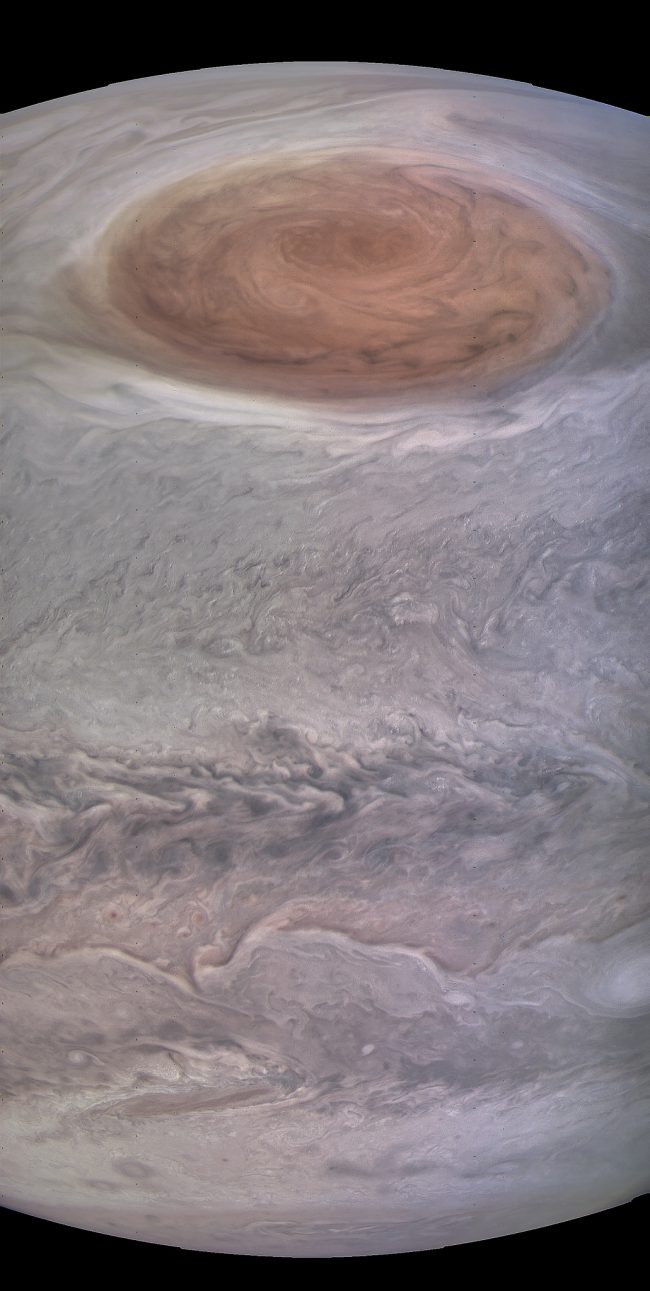


That's just utterly magnificent isn't it?
I often wonder if we'd be any further along had the space race continued onwards at the same pace it did before the moon landings but I certainly believe we'd be more in love with space than it seems we are nowadays.
Just glad that we get to see stuff like this because it's wondrous beyond belief. Beautiful.

